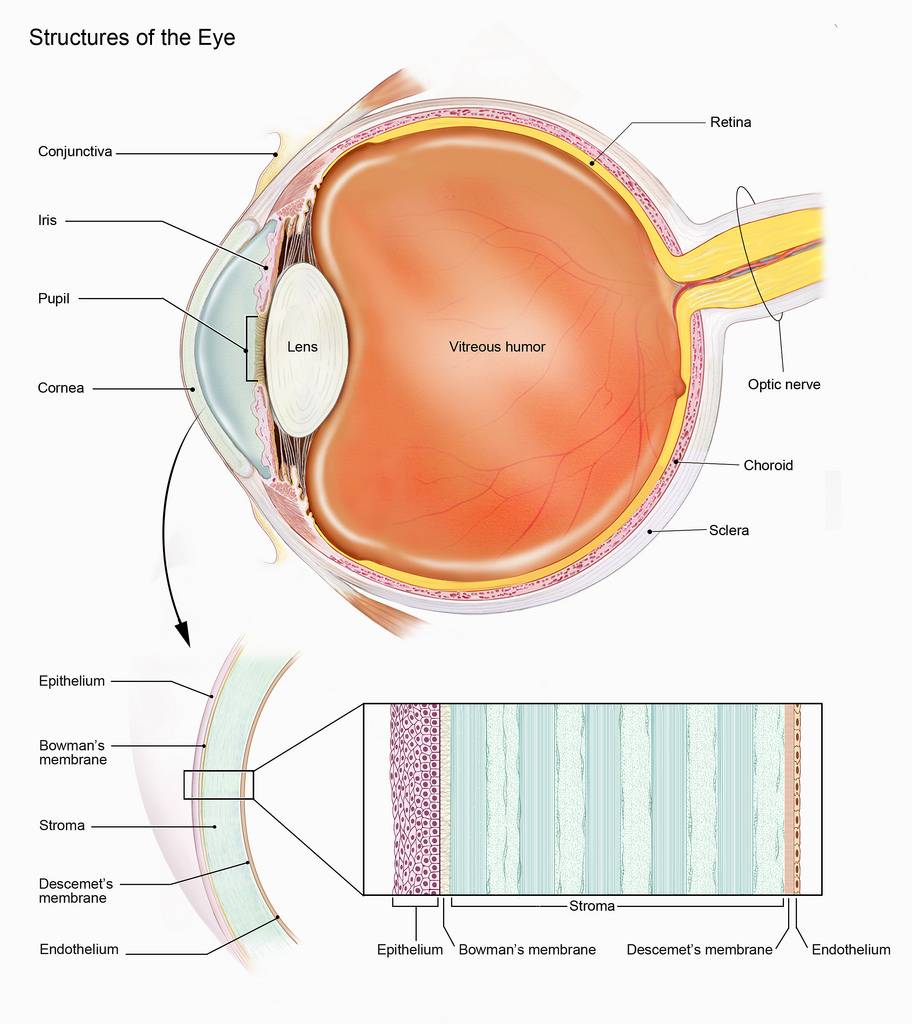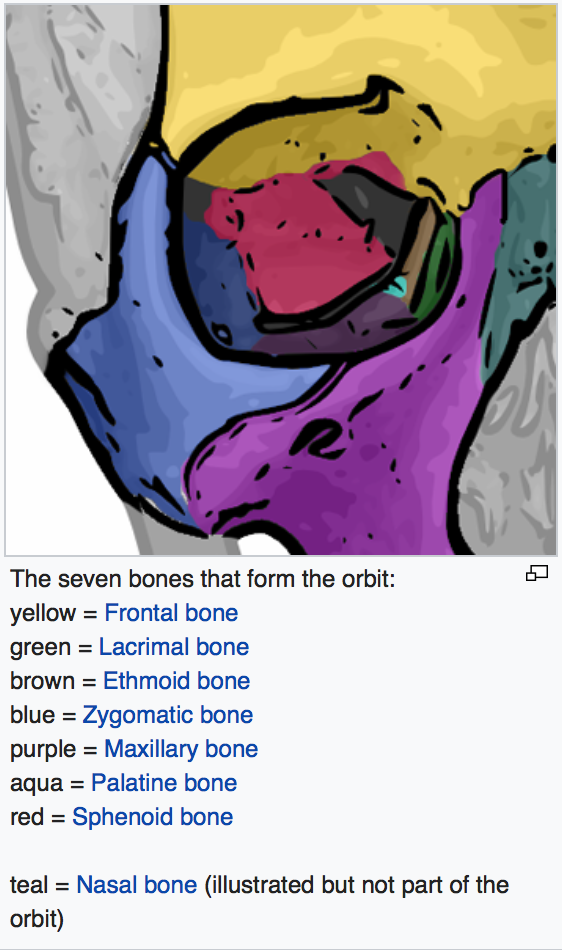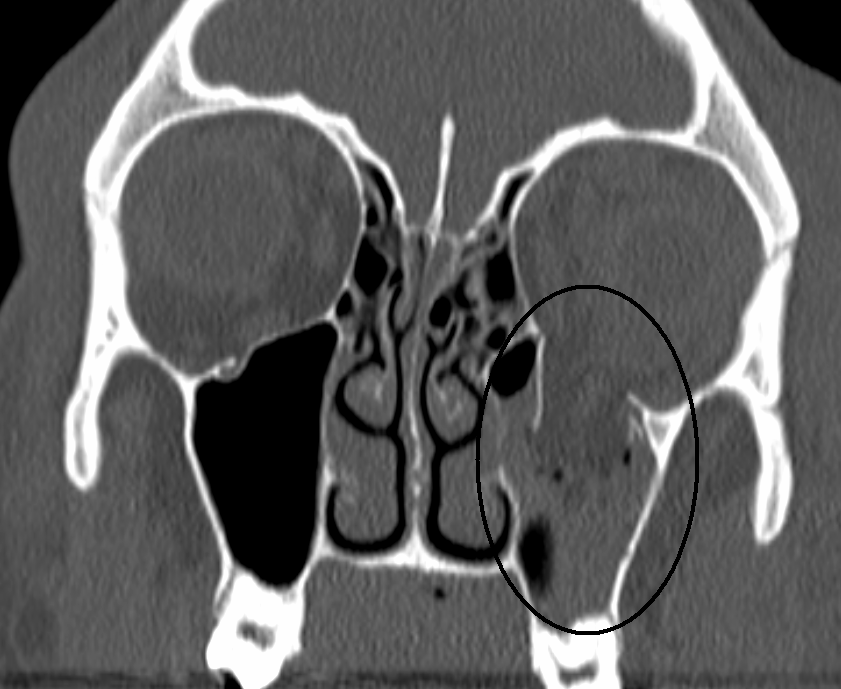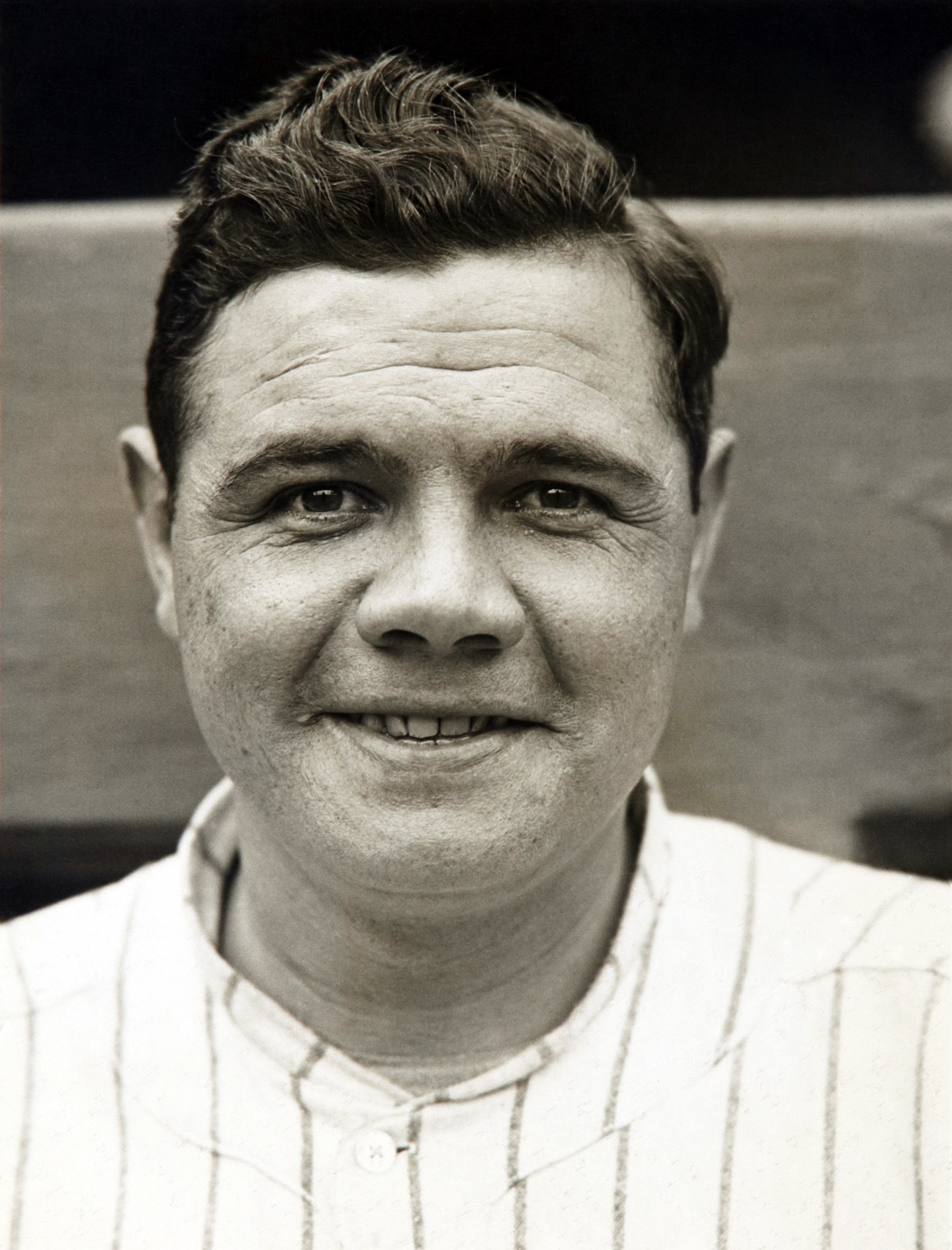I have few rules in life, but “when there’s a 10-part documentary about your childhood hero/the greatest basketball player of all time, and it’s on during the COVID pandemic so there’s nothing else to watch, and he seems like he’s having an eye problem, I write about it,” is one of them.
Some people have wondered whether MJ has jaundice. I don’t believe that to be the case. The dark brown spots on the whites of his eyes look to me like complexion-associated melanosis, also known as ethnic melanosis.
The brown pigmentation overlying the whites of the eyes in this case is likely to be complexion-associated melanosis
These brown spots are found in the conjunctiva, which is the clear covering overlying the sclera (the white part of the eyeball). They are almost always present on both eyes, and can enlarge over time. They are more common in people that have darker skin tones. They are not cancerous or precancerous, but people who have them can also develop melanoma of the conjunctiva.
If you have a brown spot on your eye, it’s best to see an eye doctor. I’m sure Michael has. But the way these is affecting both his eyes, I very much suspect this is complexion-associated melanosis.













